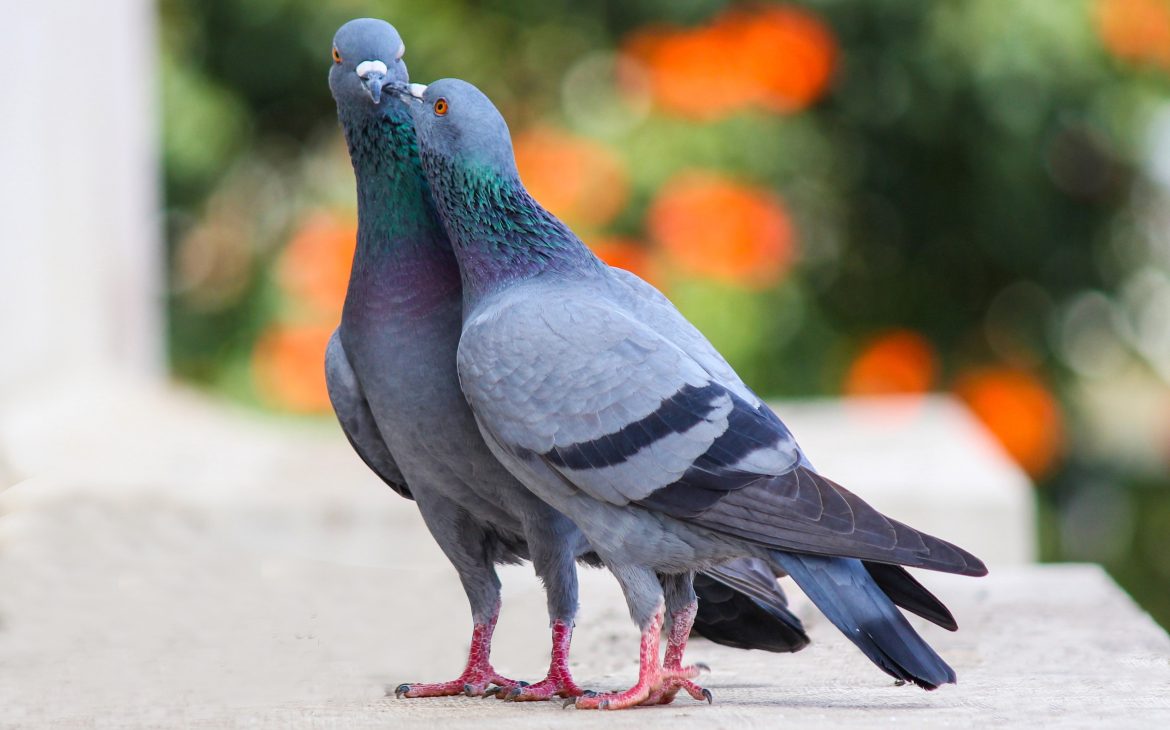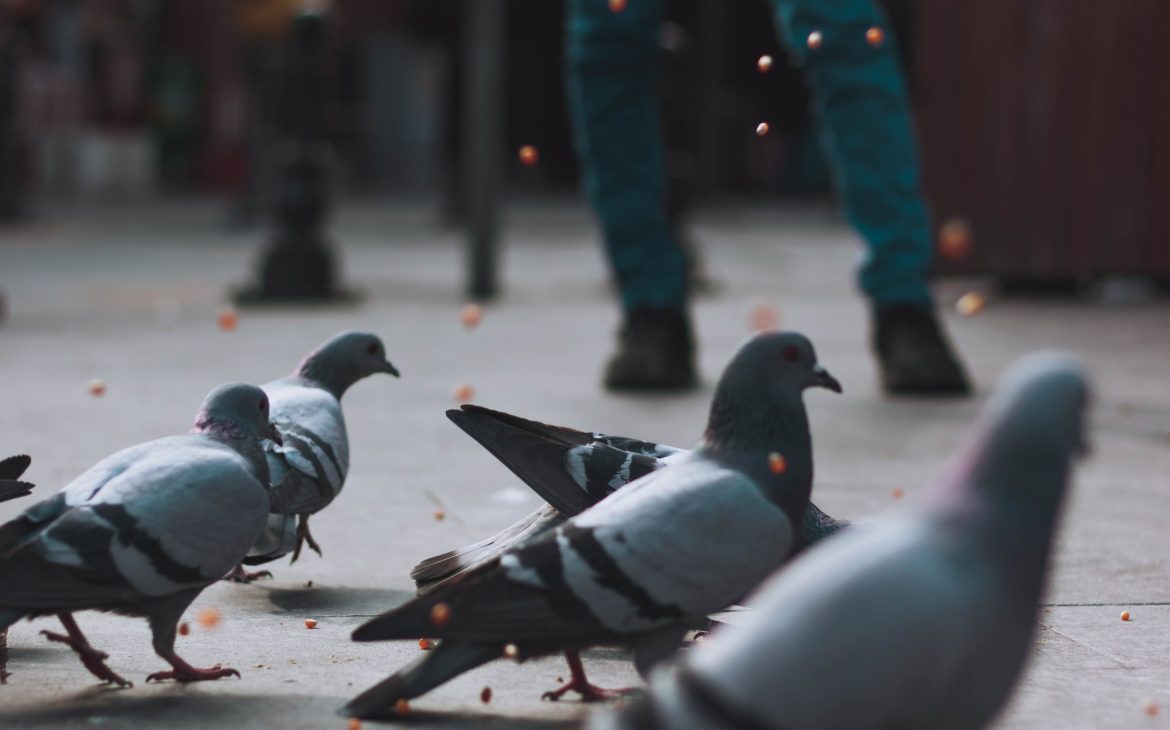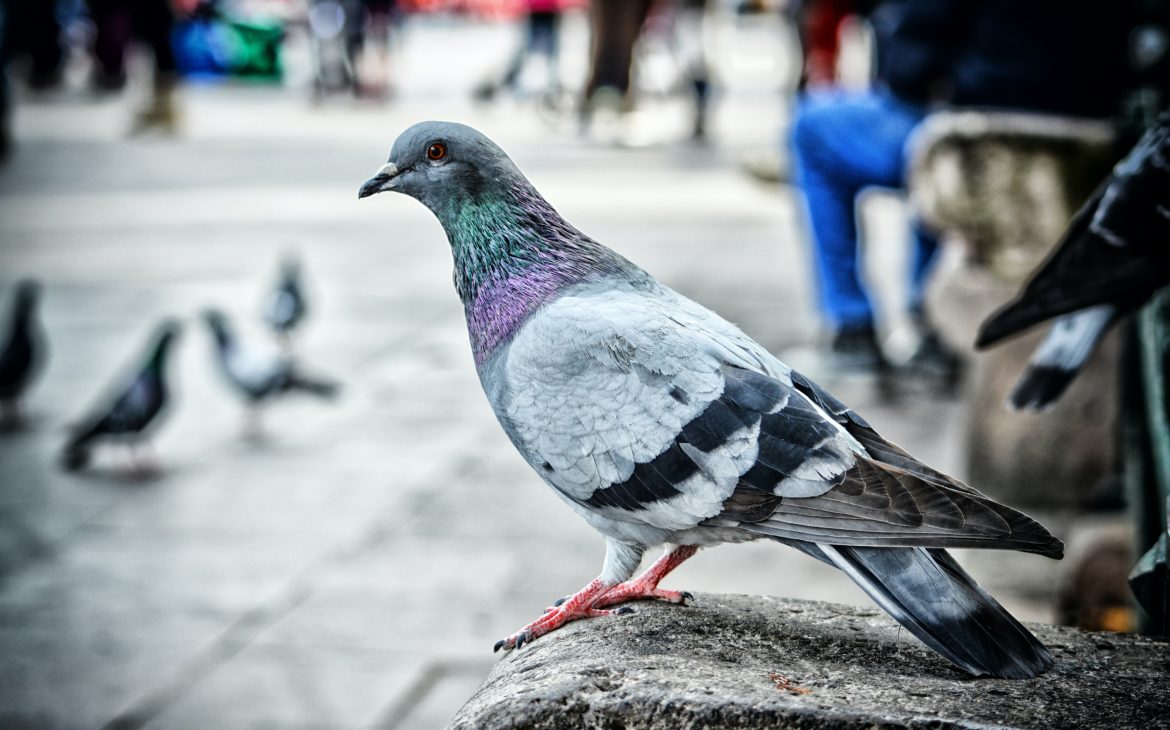Pigeon Control Strategies: Effective Ways to Keep Your Roof Bird-Free
If you’ve ever spent a Sunday afternoon scrubbing pigeon droppings off your roof, or if you’ve lost sleep because of their incessant cooing, you know just how annoying a pigeon problem can be. But the annoyance goes beyond that; these birds can pose serious health risks and cause damage that’s expensive to repair. Think allergens, respiratory issues, and even structural damage from nests and accumulated droppings. And let’s face it, a roof covered in pigeon droppings is anything but appealing.
You may have tried a few DIY solutions that promised to solve the problem but only provided a temporary fix. Pigeons are clever, and they’ll find their way back unless you tackle the issue effectively.
So, how can you effectively get rid of them? Here are some proven strategies:

Identification: Know You Have a Problem
One of the most important steps in figuring out how to get rid of pigeons on your roof without harming them is by identifying that you have an issue in the first place. So, what clues should you look for?
Droppings: If you’re finding more pigeon droppings than you can count, that’s a pretty clear signal. Not only are these droppings unsightly, but their acidity can also deteriorate roofing materials, leading to bigger headaches down the line.
Feathers: Keep an eye out for feathers. Pigeons aren’t exactly the cleanest birds, and they’ll leave feathers in their wake. These can accumulate in gutters and corners, disrupting water drainage and inviting even more complications.
Nesting Materials: When you start discovering sticks, leaves, or even trash tucked into secluded spots, it’s a safe bet that you’ve got a growing pigeon problem. These nests can damage your roof and even create fire hazards if they block ventilation systems.
Noise: The cooing, the cooing, and more cooing. If you find yourself jolted awake by the sound of pigeons or distracted while trying to enjoy some downtime, it’s another sign that action needs to be taken.

Preventive Measures
When it comes to dealing with pigeons, prevention is often better than cure. Let’s explore some preventive measures that can help you keep your roof free from these pesky birds.
Proper Waste Management: One of the simplest ways to deter pigeons is to eliminate their food sources. Make sure your garbage bins are sealed tight and that no food scraps are left out in the open. You’d be surprised how a simple act like securing your trash can discourage pigeons from hanging around.
Roof Modifications: Sometimes, the design of your roof can be an open invitation to pigeons. Installing spikes or sloped surfaces makes it difficult for pigeons to land or build nests. While the upfront cost may seem steep, it pays off in the long run by saving you from ongoing cleanup and repair.
Netting and Mesh: Covering potential nesting spots with netting or mesh can also be a highly effective preventive measure. This blocks off the areas where pigeons typically like to set up shop, making your roof a less attractive option for them.
Optical and Auditory Deterrents: Finally, don’t underestimate the power of light and sound. Reflective surfaces and noise-making devices can spook pigeons, encouraging them to find a different place to roost. Just be sure these are not disruptive to your own lifestyle or to other wildlife.
Decoy Predators: A strategically placed decoy predator, like a plastic hawk or falcon, can make your roof less appealing to pigeons. While some might argue that the birds will eventually catch on, rotating your decoys and changing their positions can keep the pigeons guessing.

Active Control Measures
Sometimes prevention isn’t enough, and you find yourself needing more direct ways to control the pigeon population on your roof. If you’ve reached that point, here are some active measures you can take.
Trapping and Relocation: If you’ve got a persistent pigeon issue, trapping and relocating the birds can be an effective solution. However, make sure you adhere to local wildlife regulations and only use humane traps. Once captured, relocate the birds far enough away so they’re less likely to return.
Chemical Deterrents: Chemical deterrents are an effective method to keep pigeons away. They come in various forms, such as sprays, gels, or granules. However, while many traditional chemical deterrents can be effective, they can also be harmful to other wildlife, pets, and even humans. For a safer option, consider repellents made from natural ingredients like peppermint or citronella oil. These non-toxic alternatives deter pigeons without causing harm to them or the environment.
Professional Help: When all else fails, or when the issue is too big to handle on your own, calling in licensed pest control services is a wise move. They have the expertise and equipment to deal with the problem effectively and can even help with cleaning and repairing any damage caused by the birds.
Taking active control measures can provide immediate relief, but they’re often best combined with preventive measures for a long-term solution. The key is to act fast and be consistent in your efforts.
